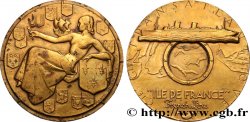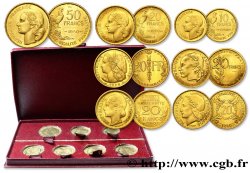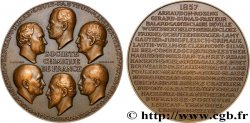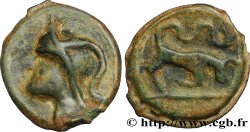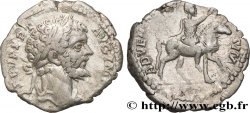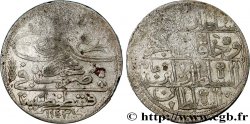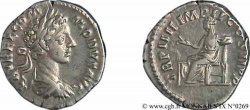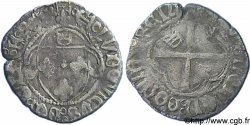v18_2352 - 50 centimes Morlon, variété de métal ou essai indéterminé 1947 F.192/19 var.
MONNAIES 18 (2003)
Prezzo di inizio : 180.00 €
Valutazione : 400.00 €
Prezzo realizzato : 415.00 €
Numero di offerte : 7
Offerta maxima : 451.00 €
Prezzo di inizio : 180.00 €
Valutazione : 400.00 €
Prezzo realizzato : 415.00 €
Numero di offerte : 7
Offerta maxima : 451.00 €
Tipo : 50 centimes Morlon, variété de métal ou essai indéterminé
Data: 1947
Metallo : maillechort
Diametro : 18 mm
Asse di coniazione : 6 h.
Peso : 2,47 g.
Orlo : lisse
Grado di rarità : R3
Commenti sullo stato di conservazione:
Exemplaire brossé de façon agressive, la surface d’origine n’est plus distincte
N° nelle opere di riferimento :
Diritto
Titolatura diritto : REPVBLIQVE - FRANÇAISE.
Descrittivo diritto : Buste de la République à gauche, coiffée du bonnet phrygien orné d’une cocarde sous couronne composite d’olivier, de chêne et de blé ; signé MORLON derrière.
Rovescio
Titolatura rovescio : LIBERTE - EGALITE / FRATERNITE.
Descrittivo rovescio : 50 / CENTIMES / 1947 entre deux cornes d’abondance.
Commento
Cet exemplaire est apparemment frappé avec des coins d’origine, les différents sont bien nets et le poids, nettement au-dessus du poids d’un exemplaire en cupro-nickel (2,47 au lieu de 2,00 g) montrent qu’il ne s’agit pas d’un vulgaire placage. S’agit-il d’une frappe d’essai ou d’une fabrication non-officielle réalisée par un ouvrier “indélicat”, une “perruque” ? Aucun autre exemplaire ne semble en tous cas signalé avec des caractéristiques identiques. La pièce réagit à l’aimant et montre ainsi qu’elle possède au moins une partie importante de nickel.
This example is apparently struck with original dies, the differences are very clear and the weight, clearly above the weight of a cupro-nickel example (2.47 instead of 2.00 g) shows that it is not a common plating. Is it a test strike or an unofficial production carried out by an “unscrupulous” worker, a “wig”? In any case, no other example seems to be reported with identical characteristics. The coin reacts to the magnet and thus shows that it has at least a significant part of nickel
This example is apparently struck with original dies, the differences are very clear and the weight, clearly above the weight of a cupro-nickel example (2.47 instead of 2.00 g) shows that it is not a common plating. Is it a test strike or an unofficial production carried out by an “unscrupulous” worker, a “wig”? In any case, no other example seems to be reported with identical characteristics. The coin reacts to the magnet and thus shows that it has at least a significant part of nickel







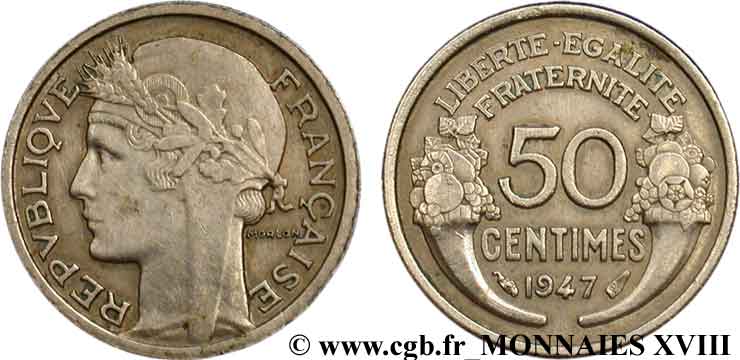
 Segnalare un errore
Segnalare un errore Stampate la pagina
Stampate la pagina Condividi mia selezione
Condividi mia selezione Fai una domanda
Fai una domanda Consegnare / vendere
Consegnare / vendere
 Descrittivo
Descrittivo
